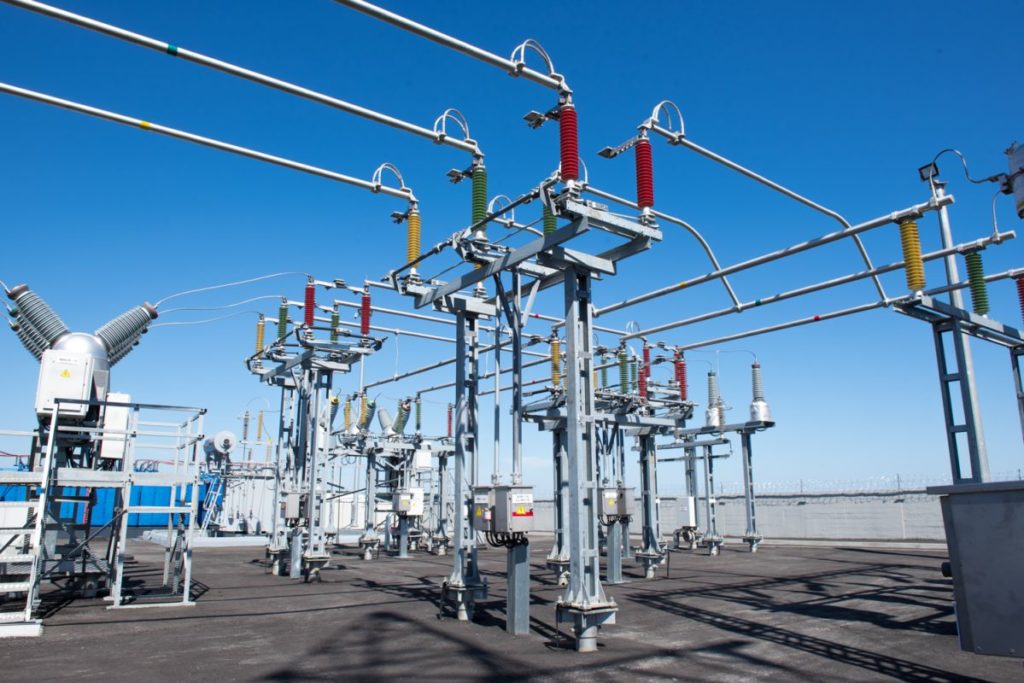
Any project of power supply when connected to a common power network at a medium voltage (6-20 kV) MV) requires conversion to a low voltage (LV) 230/400, which is used in everyday life. To convert from a MV to LV transformer substations are used. Usually TS includes three main elements: the dispenser of a high-voltage 6-20 kV (high voltage switchgear) – a power transformer, a switchgear of a low voltage 230/400 V (low voltage switchgear). Depending on the designed circuit, one of the elements may be missing.
Nowadays, there are many varieties of TSs, different in schemes, types, and capacity.
SCHEMES:
- Blind TS is the simplest one, a high voltage switchgear is only designed for receiving power;
- Communicating TS is a high voltage switchgear designed for receiving and developing the electricity network;
- Distributing TS is a high voltage switchgear designed for receiving, distributing and developing of the electricity network on higher voltage, supplying of earth substations provided through the centers of power.
Distributing substation (DS) is one of the highest elements of the distribution network, which does not contain power transformers to supply external customers and which receives power supply from a feeding center, and which is designed for power distribution.
TYPES:
In-built TSs occupy one of the rooms of a building, for power supply of which they are designed. Attached TSs are located in an attached construction to a building. Detached TSs are located in an extra building, which stands apart from the rest of buildings, has usually 1 or 2 floors and is made of concrete or bricks.
Packaged TSs are stand-alone buildings made of concrete blocks or sandwich-type panels supplied by a manufacturer in the assembled form. Kiosk TSs are supplied by a manufacturer as metal housing (kiosks). Mast TSs are located on several concrete supports and have capacity limit up to 259 kVA. Pile TSs are usually installed on one or two supports and have a capacity limit up to 63 kVA.
The power depends on the capacity and amount of installed power transformers.
DESIGNING
Currently, the design institutes have developed standard projects of transforming substations for all spheres of economic activity, that allow to significantly reduce designing time. However, all the standard projects require adaptation to the new equipment and conditions of the installation site.
Designing of pile, mast and packaged TPs is easier due to the absence (minimum volume) of development of the architectural part of the project.
In contrary, designing of the TSs in a brick building and designing of the inbuilt substations is more difficult due to the necessity of developing of the individual architectural part and additional sections. An inbuilt TS is always a “flight” of new technological capabilities and solutions that our specialists are ready for.
CONSTRUCTING
Standard projects are a great help in constructing because they allow to see a TS’s building shape, which is very important in a complex urban development, as well as to determine the set of installed equipment that allows you to minimize the equipment ordering time and reduce the time of all construction activities in the future.



